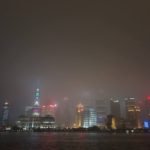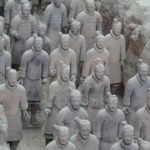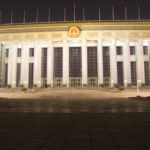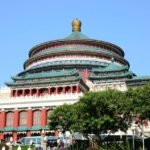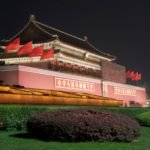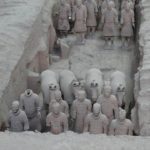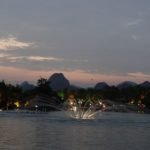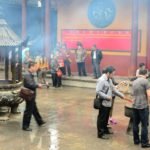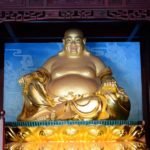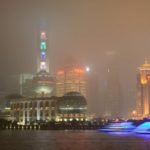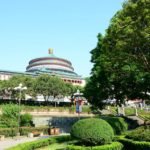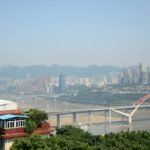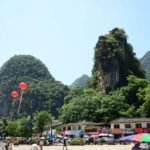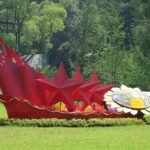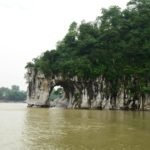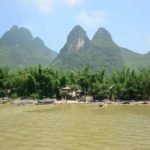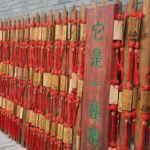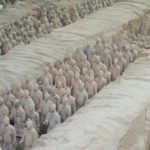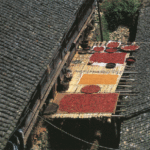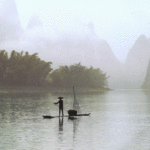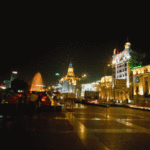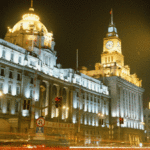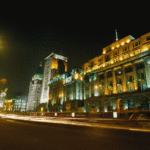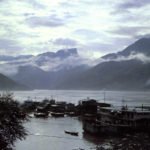Climate
China stretches some 5,026 kilometres (3,123 mi) across the East Asian landmass bordering the East China Sea, Korea Bay, Yellow Sea, and South China Sea, between North Korea and Vietnam in a changing configuration of broad plains, expansive deserts, and lofty mountain ranges, including vast areas of inhospitable terrain. The eastern half of the country, its seacoast fringed with offshore islands, is a region of fertile lowlands, foothills and mountains, deserts, steppes, and subtropical areas. The western half of China is a region of sunken basins, rolling plateaus, and towering massifs, including a portion of the highest tableland on earth.
The vastness of the country and the barrenness of the western hinterland have important implications for defense strategy. In spite of many good harbors along the approximately 18,000-kilometer coastline, the nation has traditionally oriented itself not toward the sea but inland, developing as an imperial power whose center lay in the middle and lower reaches of the Yellow River on the northern plains. China also has the Tibetan Plateau, a very large, high altitude plateau, to the south. To the north of the Tibetan Plateau lie the Gobi and Taklamakan deserts, which stretch from the extreme northwest eastward through Mongolia.
The People’s Republic of China is one of the world’s largest countries in total area behind Russia and Canada, and very similar to the United States. Whether China or the United States is the third largest country in the world in total area is related to (a) the validity of claims by the PRC on territories such as Taiwan, Aksai Chin, Trans-Karakoram Tract, and South Tibet (Aksai Chin and Trans-Karakoram Tract also claimed by India), and (b) how the total size of the United States is calculated: The CIA’s The World Factbook gives 9,826,630 sq km,the United Nations Statistics Division gives 9,629,091 sq km ,and the Encyclopedia Britannica gives 9,522,055 sq km. Figures for the size of China differ slightly depending on where one draws a number of ill-defined boundaries. The official figure by the People’s Republic of China is 9.6 million square kilometers. The Republic of China based in Taiwan but claiming to be the government of China puts this figure at 11 million square kilometers, but this includes Mongolia a state whose sovereignty has been recognized by the PRC. China’s contour is reasonably comparable to that of the United States and lies largely at the same latitudes. The total area is estimated to be 9,758,801 sq km, with land accounting for 9,326,410 sq km and water for 270,550sq km (around 3 percent).





